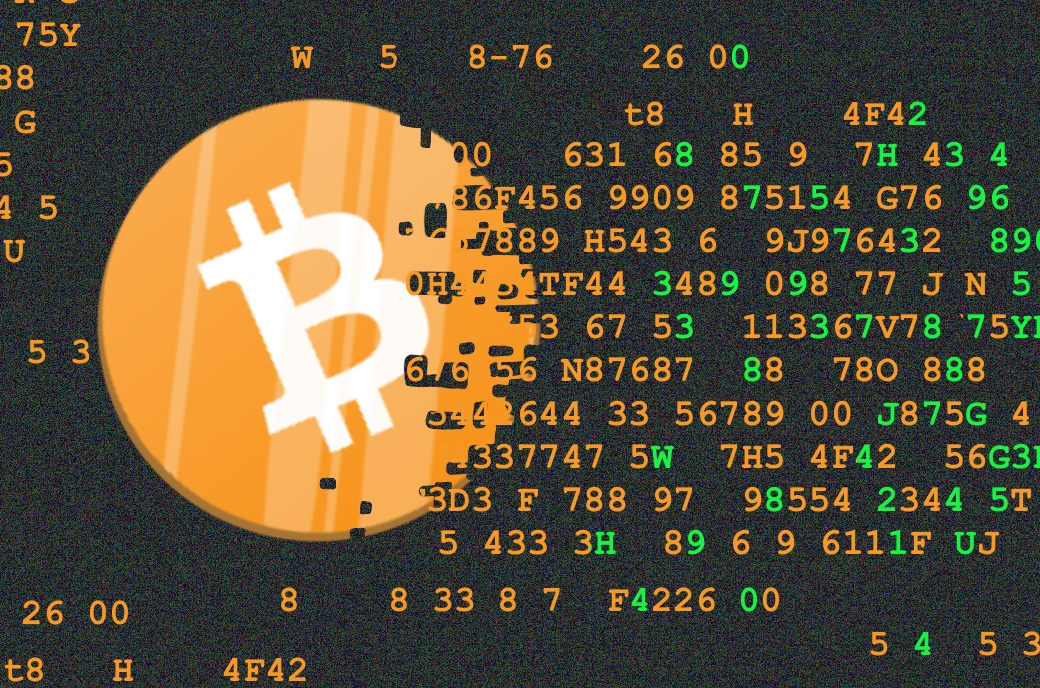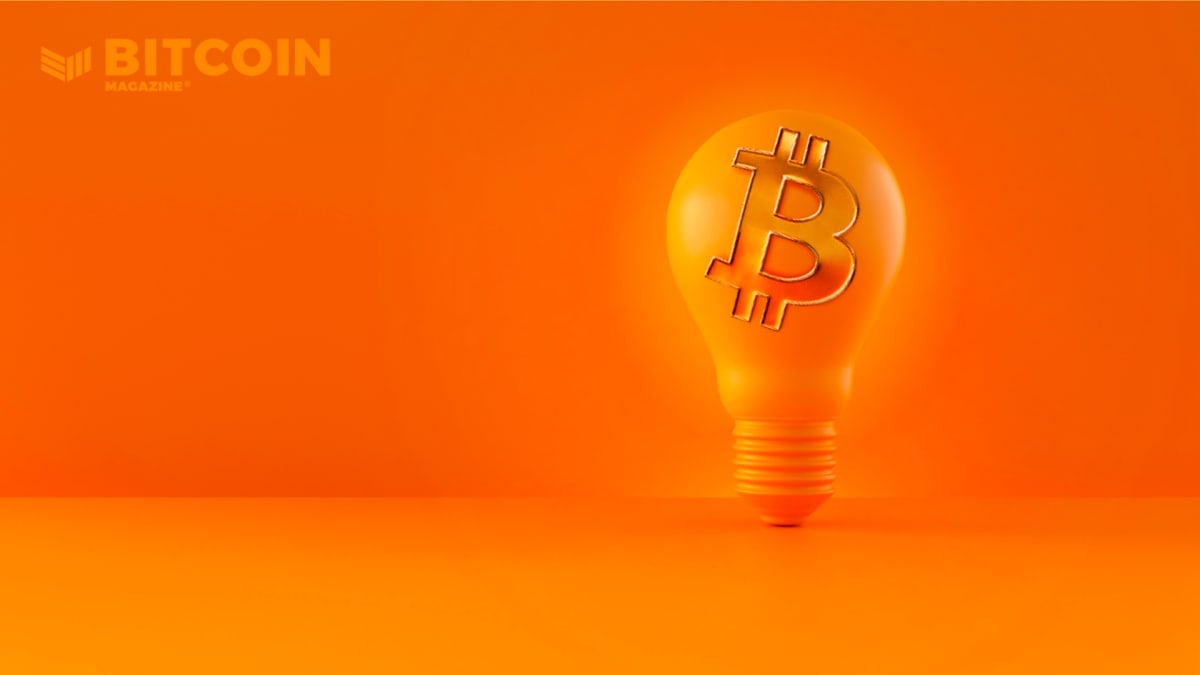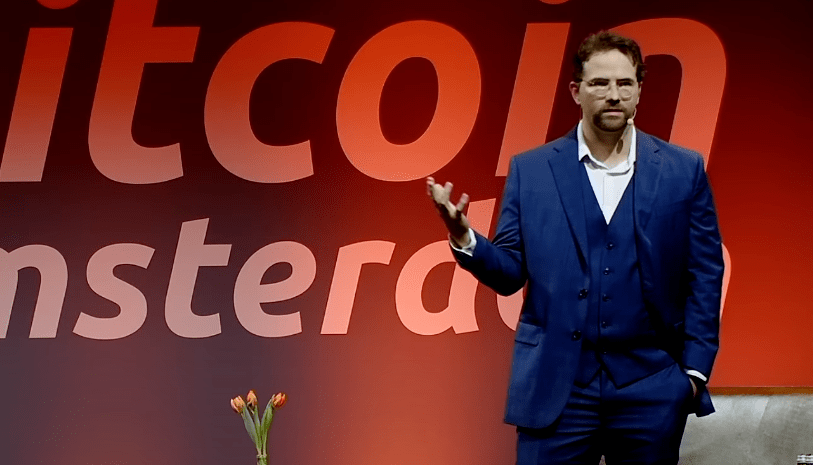Pass The Baton Already: Why Bitcoin Is Poised To Replace Gold
There is a constant war of ideas being fought between gold bugs, like Peter Schiff, and supporters of bitcoin. In order to accurately compare and contrast gold and bitcoin, we will need to weigh each asset against the various attributes that make a given form of money good money. We will also need to dive into monetary history in order to understand what happens when the prevailing money during a given point in time is confronted by superior money.
The topics we will be covering in this article include the following: the history of money, stock-to-flow ratio, shipping and transaction costs, storage costs, censorship resistance, settlement time, efficacy of a blockchain versus a clearing house and the ease of validating the underlying asset.
Some additional items of historical relevance to our topic will also be used to support our findings. These items include Executive Order 6102 as well as the costs paid by Madrid to Moscow in order to transport gold from Spain to Russia during the Spanish Civil War. Finally, we will estimate the hypothetical cost for Venezuela to repatriate its gold from England based on the historical precedent indicated above. This final point will tie together some of the various difficulties of transacting in gold at scale.
But first, we need to cover two key monetary principles: Gresham’s law and Thier’s law.
Gresham’s Law
Gresham’s law is named after Thomas Gresham. Gresham was an English merchant and financier under the House of Tudor during the 16th Century. Gresham’s law states, in short, that “bad money drives out good money.”
His observation appears to stem from a period of English history known as The Great Debasement (1544 to 1551). Henry VIII had sought to increase revenue for the Crown and began a process of removing the gold and silver content of the coins that were in circulation. This process inevitably led to the hoarding of coins with the higher gold and silver content while the coins with the lower gold and silver content were spent into circulation. This process caused problems in the economy and led to a lack of confidence in the monarchy itself.
Eventually, trading partners from neighboring countries refused to accept English money and the policy was reversed altogether by Elizabeth I around the year 1560. The important point here is that the coins with the higher gold and silver content disappeared from circulation and only the debased coins were used for buying and selling, thereby causing problems with exchange, until sound money was restored. In essence, people valued the coins that contained the higher percentage of scarce metals to the coins that did not.
One key factor to keep in mind here is that the coins being debased were required by law to be used due to English legal tender laws. This factor will come into play when we discuss Thier’s law next.
Thier’s Law
Gresham’s Law is important because it gave way to something known as Thier’s law. The main difference between Gresham’s law and Thier’s law is that Gresham’s law references a situation where citizens are forced to use a given money due to legal tender laws whereas Thier’s law applies to an environment where alternative forms of money are available to compete against the domestic money.
An example of the application of Thier’s law would include the Weimar hyperinflation of 1923 where the German mark lost so much value that people would no longer accept it in exchange for goods and services. Argentina also provides a decent example in recent times because the U.S. dollar is heavily used and accepted there due to the continual debasement of the peso. Argentinians prefer to accept dollars when the option presents itself.
Now that we understand how Thier’s law is applied, we will next observe what happens when Thier’s law is applied to a phase shift. For purposes of this article, a phase shift signifies the replacement of a longstanding form of money with a superior form, as we will see in the case of silver in 19th century India.
Thier’s Law In 19th Century India
A gold standard occurs when a large number of countries adopt a standard economic unit of account that is based on a fixed quantity of gold. This type of monetary arrangement makes the process of settling international accounts much more efficient due to the removal of the foreign exchange layer.
By the end of the 19th Century, many of the major world powers, such as England, Canada, Germany, Japan and the United States were on a gold standard. Despite this arrangement, nations like China and India remained on a silver standard. We will use the case of India to illustrate the deleterious effects of remaining on a silver standard (in effect using softer money) in the face of a switch to gold (harder money).
During the latter stages of the 19th Century the ratio of gold to silver increased in gold’s favor which meant that an increasingly larger quantity of silver was required to purchase the same amount of gold.
During this time, India was part of the British Empire and was required to pay regular expenditures, called “home charges,” to England. These home charges were essentially like a modern tax. As a consequence of the declining value of silver relative to gold, the cost of these regular expenditures to England, due to England being on a gold standard, continued to increase, which required higher amounts of taxation in India. This increased taxation led to social unrest and, by 1898, India had essentially been forced to abandon silver altogether in favor of the gold standard, since gold would have been the only money accepted after a point. This provides us with yet another example of Thier’s law.
Another point worth mentioning is that during this time, India was on a silver standard and it was being exploited by foreign speculators who were selling gold for silver in their own countries and then repurchasing gold in India at a significant discount. For example, if one unit of gold trades for 15 units of silver in England, but only eight units of silver in India, an arbitrage opportunity for profit exists. In England, 15 units of silver would be purchased in exchange for one unit of gold and then transported to India where it would be sold for one and seven-eighth units of gold. A speculator could repeat this process until all the gold was removed from circulation within the Indian economy.
What Does Thier’s Law Have To Do With Bitcoin?
In our example above, we observed how the less abundant commodity, gold, managed to exploit the more abundant commodity, silver. Due to Thier’s law, gold eventually became the only money accepted in India, which is probably why we can easily observe the appreciation for gold that Indians have today. The relative abundance of silver compared to that of gold made gold more valuable in the international marketplace during the 19th century.
One of the main properties of good money is scarcity. Plan B has managed to quantify the relationships between gold, silver and bitcoin through his stock-to-flow model. Understanding these relationships allow us to better forecast which form of money will eventually be dominant.
Stock to flow measures the relationship between the stock of an asset (in the case of gold, the amount that has already been mined) with the corresponding yearly increases in supply of that asset (quantity of annual production). The higher the stock-to-flow ratio for a given asset, the more difficult it is to increase the supply of that asset.
Currently, the stock-to-flow ratios for silver, gold and bitcoin are as follows: 33.3 for silver, 58.3 for gold and 56 for bitcoin. However, an important aspect of these figures must be kept in mind. Silver and gold have very stable stock to flow ratios, but the ratio for bitcoin increases significantly every four years due to the Halving event, where the annual production is reduced by half. As a result, the stock-to-flow ratio for bitcoin is set to increase to roughly 113 after the 2024 halving, essentially doubling that of gold.
So, how does Thier’s law apply here moving forward?
Using historical precedent, we can observe that silver replaced more abundant metals, such as copper and iron, as money in places like ancient Rome… and then was itself replaced by the less abundant gold in the 19th century. During these phase transitions, the less abundant asset would likely have been demanded for payment of goods and services while the more abundant asset would be rejected until use of the more abundant asset ceased altogether in favor of the less abundant.
Our forecast is that bitcoin will replace gold as money at some point in the not-so-distant future as the global reserve asset based on this historic precedent provided above. We are also aware that gold has already been demonetized in favor of paper, and now, digital currency. However, experiments with paper money are nothing new (see medieval China for an example) and digital money is merely an extension of paper money.
Thier’s law applies through space and time and eventually people will stop accepting bad money in favor of good money, such as bitcoin. We already see this next phase transition occurring in places like Venezuela and Argentina today.
Scarcity is not the only facet where bitcoin is superior to gold, however. As we will see next, bitcoin tends to perform better than gold with respect to many of the other attributes that make a given money good money.
Additional Criteria For Comparison
Now that we have defined Gresham’s law and provided historical examples of its application, we will now move on to compare and contrast gold and bitcoin based on some additional criteria. These additional criteria will be used to complete our analysis.
Shipping/Transaction Costs
For shipping smaller amounts, but by no means small amounts in terms of value, 100 ounces of gold will be used as our benchmark. One hundred ounces of gold can be shipped for roughly $315. The comparable dollar value in bitcoin could be sent for roughly $8 using a SegWit address.
For shipping larger amounts, such as remittances between sovereigns, we will need to use the only modern example we have. During the Spanish Civil War in 1936, Spain transported 400 tons of gold to Moscow and the Soviets charged the Spaniards a 3.3 percent fee. If we use that 3.3 percent fee for our example, it would cost an estimated $32,997,989 to transport $1 billion in gold today.
By comparison, a $1 billion bitcoin transaction moved for $690 in 2019, far below our estimate for a comparable gold transaction. In fact, another $1 billion transaction was completed just recently, at the beginning of November.
From our analysis above, we can conclude that it is much cheaper to transfer bitcoin between parties than it would be for gold.
Storage Costs
For storage of smaller amounts, 100 ounces of gold would require $451 per year to custody while the equivalent value of bitcoin, in dollar terms, could be stored for the cost of a Ledger Nano S at $59.99.
For storage of larger amounts, $1 billion in gold would cost $2,900,000 per year, while the Ledger Nano S would still suffice in this case for bitcoin. However, if one would like some form of custodial service for their bitcoin due to the large value, Casa offers its most comprehensive plan for $420 per month.
Censorship Factor
Gold must pass through a third party whenever it is shipped, whether being shipped domestically or internationally. Transporting large quantities of gold on your own is also a liability due to potential theft. Gold will typically have to be declared when crossing international borders and a customs duty may also be imposed.
The key takeaway is that the gatekeepers (customs, in this case) can halt movement of gold, thus making transactions outside of a given jurisdiction difficult. During a recent confiscation in India, $46,000 of gold was seized despite the smugglers hiding it in their rectums.
Settlement Time
Shipping gold based on 100 ounces takes anywhere from three to 10 days, while bitcoin transactions clear in roughly 10 minutes depending on network congestion and fee size.
Historic Confiscation
Franklin Roosevelt confiscated and debased the paper value of gold in 1933 with Executive Order 6102. Since gold is physical in nature and value dense, it is often stored in custodial vaults like banks which essentially act as a honeypot for rapacious governments. The lack of a physical nature benefits bitcoin by comparison and the ability to confiscate it is thus far more difficult.
Blockchain vs. Clearing House
Payments in gold historically passed through a third party (clearing house) in order to be validated. Even today, gold must be tested and verified in order to determine not only its purity but if it is even gold at all. Conversely, bitcoin transactions can be self-validated through the use of a node.
Key Takeaways
Bitcoin is vastly superior to gold in terms of cost, speed and censorship resistance. One could theoretically carry around an enormous sum of bitcoin on a storage device the size of a pen drive, while the equivalent dollar value of gold would require a wheelbarrow, the latter putting an enormous target on the back of the transporter. With the exception of the stock-to-flow ratio (which will flip in bitcoin’s favor soon), bitcoin is superior to gold by all metrics covered. Historical precedent also favors bitcoin to overtake gold as the soundest money.
The information provided above can be used as a tool for the bitcoin community to combat some of the silly rhetoric coming from goldbugs such as Schiff and James Rickards. I would like to make it clear, however, that I am not against gold and think that it performed its monetary role well in a technologically-inferior era.
However, I ultimately think that bitcoin performs the functions of money better than gold does in the current environment. We must always remember that money is itself a technology and thus prime for disruption.
This is a guest post by Kent Polkinghorne. Opinions expressed are entirely their own and do not necessarily reflect those of BTC Inc or Bitcoin Magazine.
The post Pass The Baton Already: Why Bitcoin Is Poised To Replace Gold appeared first on Bitcoin Magazine.









